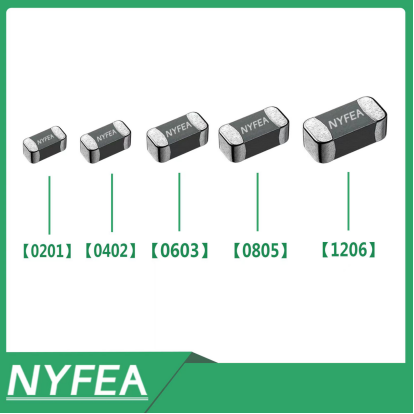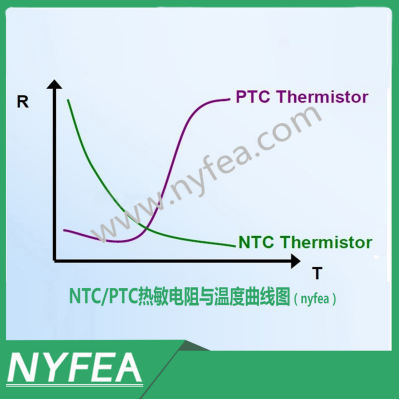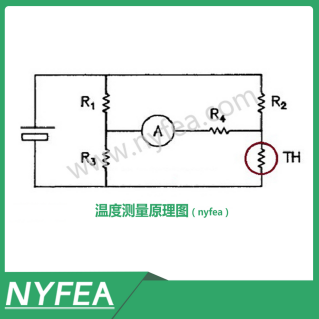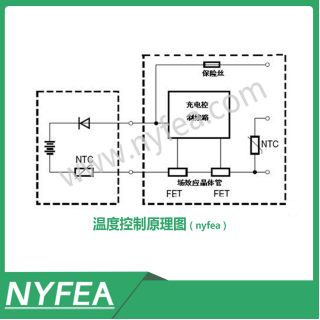Surface Mount NTC Thermistor (SMD NTC)
A Thermistor is a semiconductor component highly sensitive to temperature, classified into Negative Temperature Coefficient (NTC) thermistors and Positive Temperature Coefficient (PTC) thermistors.
NTC thermistors are used for temperature measurement, control, and compensation, functioning as temperature sensors.
PTC thermistors are used for temperature measurement and control, can also serve as heating elements, and simultaneously act as a "switch," integrating the three functions of sensing element, heater, and switch, hence referred to as a "thermal switch."

NTC Thermistor: Negative Temperature Coefficient. Resistance decreases as temperature increases;
PTC Thermistor: Positive Temperature Coefficient. When temperature rises above the switching point, resistance increases sharply;

An NTC thermistor is a ceramic semiconductor thermal sensing crystal primarily sintered from metal oxides such as manganese, cobalt, and nickel. It exhibits extremely high sensitivity to temperature changes. Its zero-power resistance decreases as its body temperature rises, with resistance dropping exponentially as temperature increases. The temperature coefficient is as high as (3~6%/°C), meaning minute temperature variations cause significant resistance changes. Based on the thermistor's R-T (Resistance-Temperature) characteristic curve, the precise resistance value at each temperature point can be determined. This allows temperature to be digitally correlated via resistance values in circuits, enabling temperature measurement and control.


Advantages: NTC thermistors are widely used due to their high temperature sensitivity, excellent reliability, strong interchangeability, low cost, compact size, and ease of fabrication into various required shapes and sizes.
Functions: In applications spanning home appliances, digital communications, automotive, industrial, and medical fields, their primary functions include temperature detection and control, temperature compensation, inrush current suppression, and fluid flow measurement.
Features of NTC SMD Thermistors:
1. Small size, lead-free design, excellent solderability, suitable for high-density surface mounting;
2. Glass-encapsulated ceramic body ensures good moisture resistance, high reliability, and stability;
3. Wide operating temperature range: -40°C to +125°C;
4. High precision in resistance value and B constant;
Application Scope of NTC SMD Thermistors:
Temperature Measurement: Electronic thermometers, electronic perpetual calendars, electronic clock temperature displays, electronic gifts, etc.;
Temperature Control: Temperature sensing for rechargeable batteries in devices such as mobile phones, car phones, laptops, and smart wearable devices;
Temperature Compensation: Temperature compensation for transistors, ICs, and crystal oscillators in mobile communication equipment.

